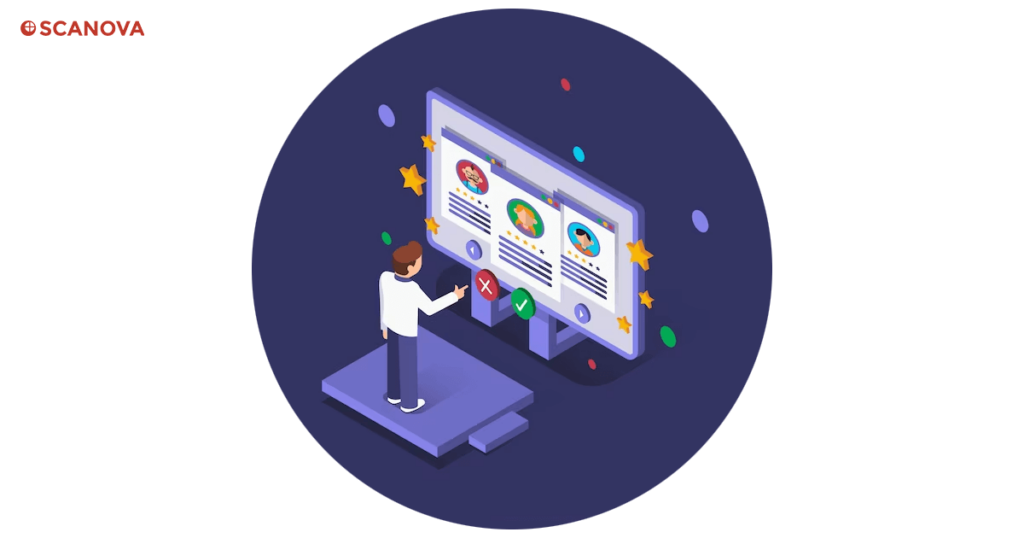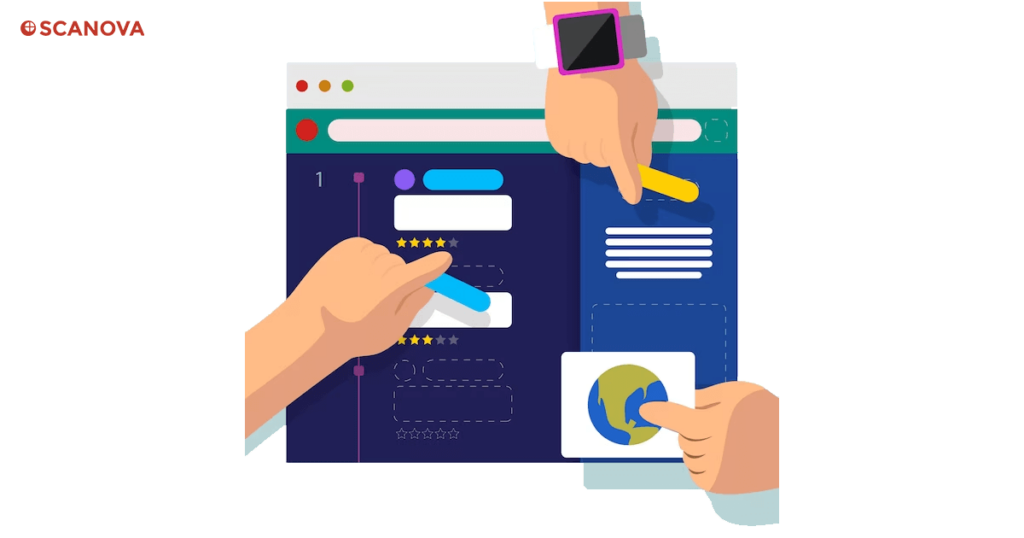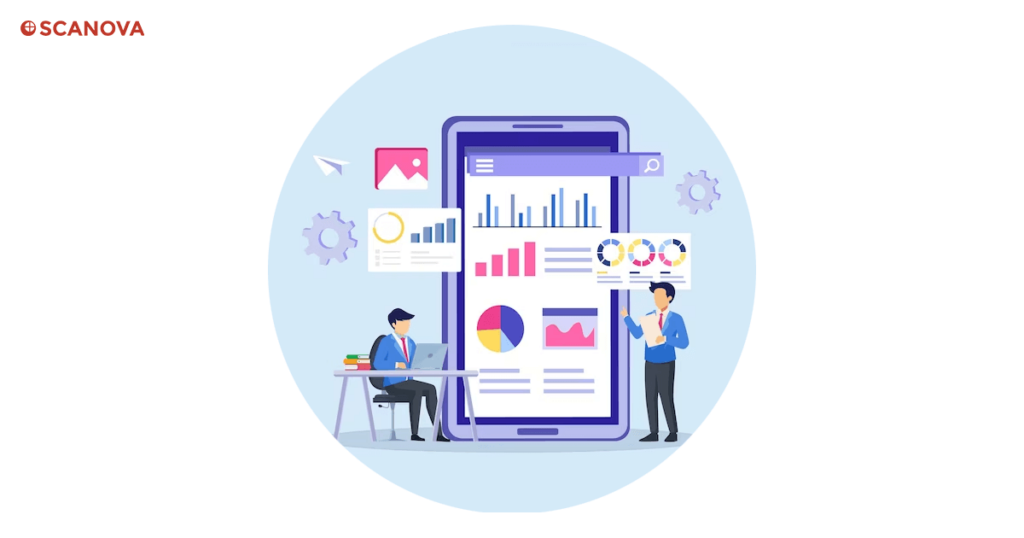Google Survey, a feature of Google Forms, is an incredible tool that lets you gather information efficiently and, most importantly, cost-effectively. It allows you to create online questionnaires that cater to any possible scenario for event planning, customer feedback, or academic research. The platform is intuitive, user-friendly, and provides real-time response information and charts. It works seamlessly with other Google products, facilitating an easy collection and organizing of data.
As a general guideline for all the headings and sub-headings, here’s the pattern we follow:
A. (Heading 2)
B. (H2)
1. (Heading 3)
2. (H3)
a. (Heading 4)
b. (H4)
i. (Heading 5)
Ii. (H5)
C. (H2)
D. (H2)
A. Benefits of creating a Google Survey

The simplicity, flexibility, and broad range of applications make Google Survey an indispensable tool for individuals and businesses.
You can garner insights about your customers, measure employee satisfaction, or even conduct academic research.
The real-time analytics allows you to monitor responses as they come in, enabling quick decisions. Plus, the responses can be neatly organized in Google Sheets for easy data handling. Here are the top five benefits you can get from creating a Google Survey.
Simplicity: Google Surveys are incredibly easy to use. Whether you’re creating a basic questionnaire or a detailed study, their intuitive interface makes it simple to design, distribute, and analyze your survey
Flexibility: Google Surveys offer many question types. For example, multiple-choice, linear scales, and open-ended questions. This flexibility allows you to customize your survey to meet your specific needs
Integration with Google Suite: One of the significant benefits of Google Surveys is its seamless integration with other Google Suite products. You can easily export results to Google Sheets for more in-depth analysis or use Google Docs to draft and share reports
Real-time Insights: Google Surveys provide real-time insights, which means you can view and analyze results as they come in. This feature is handy for time-sensitive research
Accessibility and Reach: Google Surveys can be shared via email, link, or embedded in a website, reaching a broad audience. And because they’re optimized for both desktop and mobile devices, respondents can complete your survey wherever they are, at any time.
Related : How To Create QR Code For A Survey
B. Step-by-step guide to making a Google Survey

Creating a Google Survey is a cakewalk, thanks to its intuitive interface.
1. Setting up a Google account and accessing Google Forms
You need to have a Google account before you can create a Google Survey. If you don’t already have one, it’s simple and free to set up.
Once you’ve made your account, click on the Google Apps icon (the nine dots in the upper right corner of the Google homepage). Then select “Forms.”
This will take you to the Google Forms dashboard, where you can create new surveys, view and edit existing surveys, and manage your survey responses.
2. Creating a new form, adding questions, and customizing the survey
Creating a new form is as easy as clicking on the “+Blank” button on the Google Forms dashboard.
You can then start adding questions by clicking on the “Add question” button. Google Survey supports a variety of question types, including:
- Multiple-choice
- Checkboxes
- Dropdown
- Free-text answers
To customize your survey, you can add your logo, change the color scheme, or choose a different theme. You can even make it more engaging by adding images or videos to your survey.
3. Managing survey settings, response options, and data collection
Google Survey allows you to control various aspects of your survey through its settings.
For example, you can decide whether users can edit their responses after submitting them, see summary charts of the responses and whether they need to sign in to respond.
You can also choose whether to collect email addresses, which is helpful for follow-ups, or if you’re sending the survey to a specific group of people.
4. Sharing the survey and gathering responses
You can choose to share the link to your survey as soon as it is ready. You can share it via email, create a link, or embed it on a website.
Google Survey provides a unique URL for each survey that you can send to potential respondents. As people respond to your survey, the responses are automatically collected and organized in Google Forms, ready for you to view and analyze.
5. Analyzing survey results and generating reports
Google Survey provides real-time response information, which you can view as a summary or in detail. The responses are automatically transformed into interactive charts, making it easy to visualize your data.
You can also generate reports, export your results to Google Sheets, or download them as a CSV file for detailed analysis.
Generate a QR Code For Your Unique Case
START TODAY!
C. Advanced features and customization options

Google Survey is not just a simple questionnaire tool; it has advanced features that make it a powerful survey solution.
It supports branching logic, which presents the next question or page to users based on their answers.
Other advanced features include:
- Data validation (to ensure respondents enter valid data)
- Automatic email notifications for new responses
You can also customize your survey’s design and integrate it with other Google services or third-party apps.
Branching and Skip Logic: This feature allows you to tailor your survey based on the user’s previous answers. For instance, if a participant answers ‘no’ to a question, you can skip them to a relevant section, ensuring your survey remains applicable and engaging.
Customization: Google Surveys enables you to customize your form’s theme, background, font, and more. This helps align your survey’s look with your brand identity or specific campaign aesthetics.
Data Validation: This feature ensures that the information provided by the respondents meets specific criteria, enhancing the reliability of your data.
Collaboration Tools: Google Surveys supports real-time collaboration. This means you can simultaneously work on the same survey with your team members which is helpful for large-scale research projects.
Integration with Third-Party Applications: Google Surveys can be integrated with various third-party applications, such as CRM software or email marketing tools. This helps streamline your workflow and enhance the reach and effectiveness of your survey.
D. Tips for designing effective surveys

Creating an effective survey involves more than just compiling a list of questions. You must ensure your survey is clear, concise, and engaging.
Keep questions simple and straightforward, and avoid using complex jargon that might confuse respondents.
Enhance response rates by making the survey quick to complete and assuring people about their responses’ confidentiality.
Organizing your survey logically and using a mix of question types can also help get insightful responses.
E. Data analysis and reporting

Google Survey offers a comprehensive set of data analysis features. You can view a summary of responses with automatically generated charts or dive deeper into individual responses for qualitative insights.
For more advanced analysis, you can export your results to Google Sheets. Additionally, you can share results with your team for collaborative research or generate professional reports to present your findings.
F. Integration with other tools and platforms

Google Survey’s real power comes from its seamless integration with other Google tools and various third-party platforms.
For example, you can directly save and manage responses in Google Sheets or use the data in Google Analytics to gain deeper insights.
Integration with various CRM platforms, email marketing tools, and other tools is also possible. This makes Google Survey flexible for any data collection needs.
Generate a QR Code For Your Unique Case
START TODAY!
G. FAQs

While Google Survey is incredibly user-friendly, you might still have issues or questions. Google provides a comprehensive Help Center where you can find solutions for everyday problems and answers to FAQs.
Topics cover everything from starting a new survey and customizing your survey to analyzing your responses and much more. That being said, here are the top 5 FAQs to get you started: –
Q: Why can’t I access Google Surveys?
A: Ensure you’re logged into your Google account. If you cannot access Google Surveys, try clearing your browser’s cache and cookies. You can also try using a different browser or device. Remember, due to regional restrictions, Google Surveys are unavailable in certain countries.
Q: Why can’t respondents submit their answers?
A: Check if you’ve set answer validation rules that respondents might need help to fulfill. Also, respondents might have trouble submitting if they’re losing internet connection or if your survey has reached its response limit.
Q: Can I edit a survey after sharing it?
A: You can edit a Google Survey after it’s shared. However, remember that changes won’t apply to collected responses. It’s generally recommended to fully finalize your survey before sharing it to ensure data is consistent.
Q: Why am I not receiving responses to my survey?
A: Make sure your survey is shared correctly and the link works. Potential respondents might abandon it midway if your survey is too long or complex. Simplify your questions and ensure your survey is mobile-friendly to increase response rates.
Q: How can I export my survey results?
A: You can export your Google Survey results by navigating to the ‘Responses’ tab in your survey and clicking on the ‘More’ button (three vertical dots). Then select ‘Download responses (.csv)’ to download the data in a comma-separated values file. This file can be opened with any spreadsheet software for further analysis.
Creating a Google Survey has never been easier. Whether you want to make a poll, gather feedback, or conduct research, Google Survey has got you covered.
